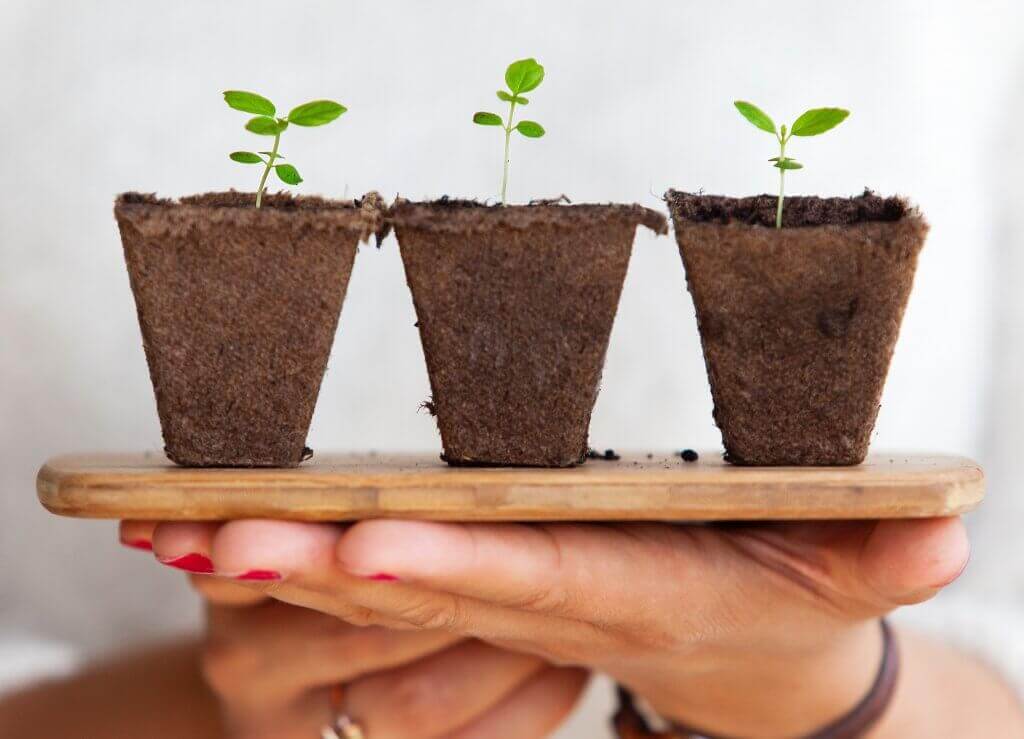The start of the calendar year offers the opportunity to begin anew and reorient our lives in line with our deeper intentions. It’s also a good time to return to the basics of mindfulness practice. Just like building a house, contemplative practice depends on laying a solid foundation.
What is the foundation of mindfulness practice? The breath? The body? Kindness? While each of these is essential, there is something even more primary that cuts across all of the methods and techniques.

One of the first insights we have in mindfulness practice is precisely how unmindful we are most of the time. Sit down to attend to the breath for five minutes and you can witness first-hand the compulsive, distracted habits of your mind, darting this way and that, grasping one thought after another.
The novice meditator quickly grows disheartened at their inability to focus the mind, but the craftsman understands that they are encountering the raw materials of the trade. Cultivating present-time awareness and associated positive mental states is a process of beginning again, moment by moment. In the hands of an artisan, each moment of wandering becomes an opportunity to shape the mind.
This is the bedrock of mindfulness practice: the ability to gently let go and begin again. As the tides of our life swirl in the past and rush towards the future, the craft of mindfulness occurs in the here and now. Here is a guided meditation to hone your practice in this direction, as well as some more reflections to deepen your understanding.
Slowing Down, Looking Deeply
Mindfulness practice can be understood as having two key parts: steadying the mind, and investigating our experience. In the first part of the practice, we use an anchor like the breath or the body to stabilize our attention. This is the practice of concentration; it functions like setting the tripod of a telescope on firm ground.
Once our attention is steady, we explore our moment to moment experience. It is through examining the unfolding process of our own mind and body we begin to understand ourselves and the human condition more deeply.
At every stage of the process—whether we are developing concentration or looking more deeply at the nature of our experience—the ability to start over and see with fresh eyes is critical. When our vision is colored by memories of the past or expectations of the future, we are unable to see clearly what is right before us.
The Magic Moment
I’ve often marveled at how far the mind can roam. I recall one period of meditation when, in the span of a few minutes, my attention wandered from sitting to the Himalayas, to the distant future, to… Yet no matter how vast the distance we travel, no matter how long we are lost, presence is only ever one moment away.
This magic moment of remembering is the most important moment of contemplative practice. Instead of berating ourselves, instead of taking things personally and believing our habitual narratives, we have the opportunity to do things differently (as well as to understand something profound about the nature of awareness). Each time we wake up, we learn how to let go and begin again.
To begin again requires a willingness to step back from what has come and relinquish what could be. We let be our expectations, evaluations, and ideas. Instead we begin again at the beginning – which means not knowing what will happen. Expectation destroys connection. Can we instead become interested in receiving this breath, this sound, this moment without any preconceived ideas?
The art of letting go and beginning again develops patience, resilience, and inner confidence. These qualities are of immense value in our own work as educators, and are assets for youth and children. When we can teach a child how to begin again with no loss of enthusiasm for the task at hand, there is nothing they can’t accomplish.
